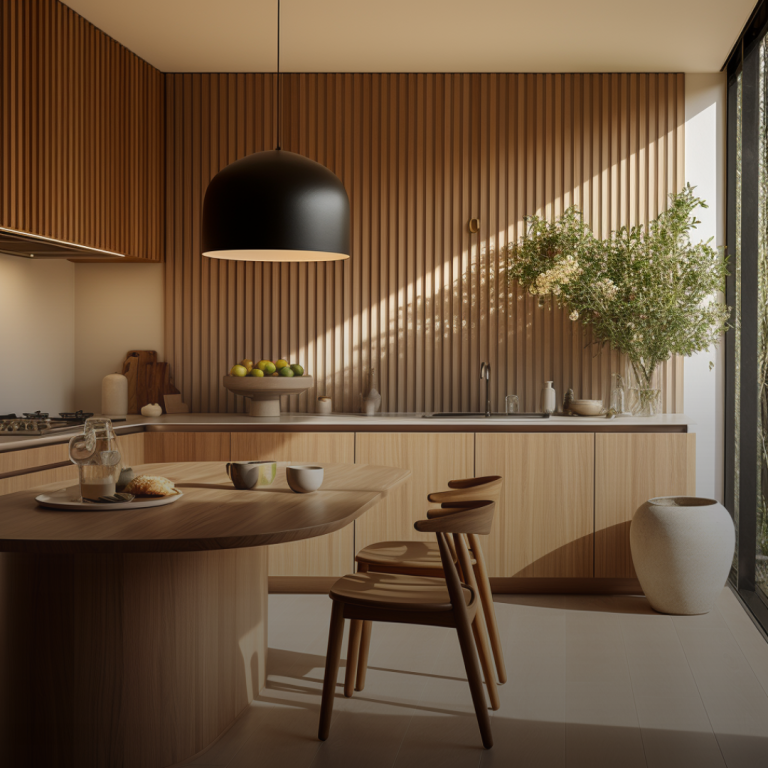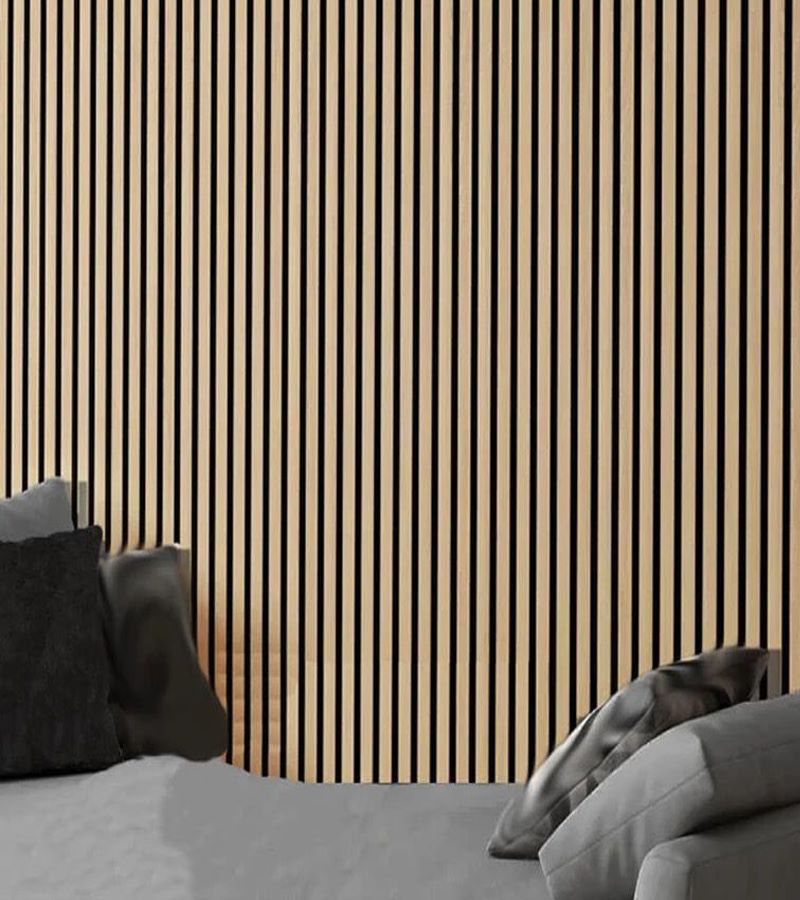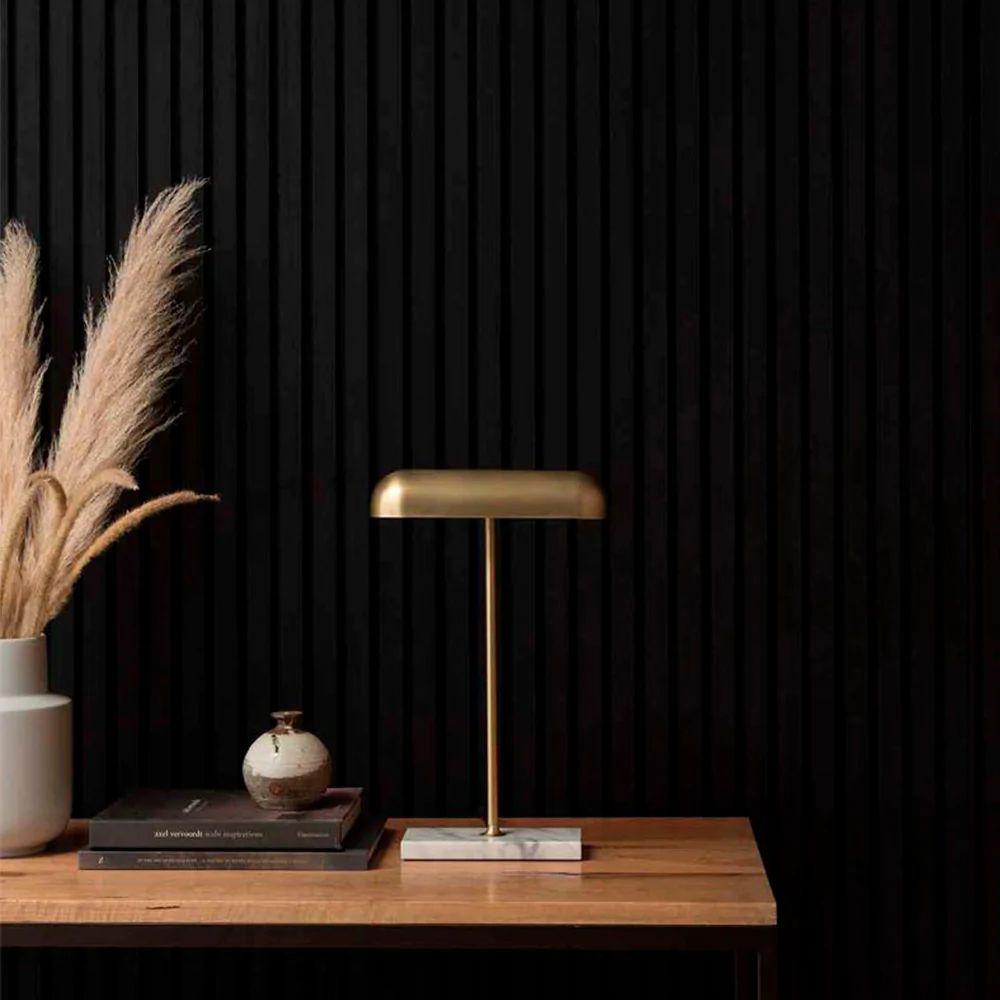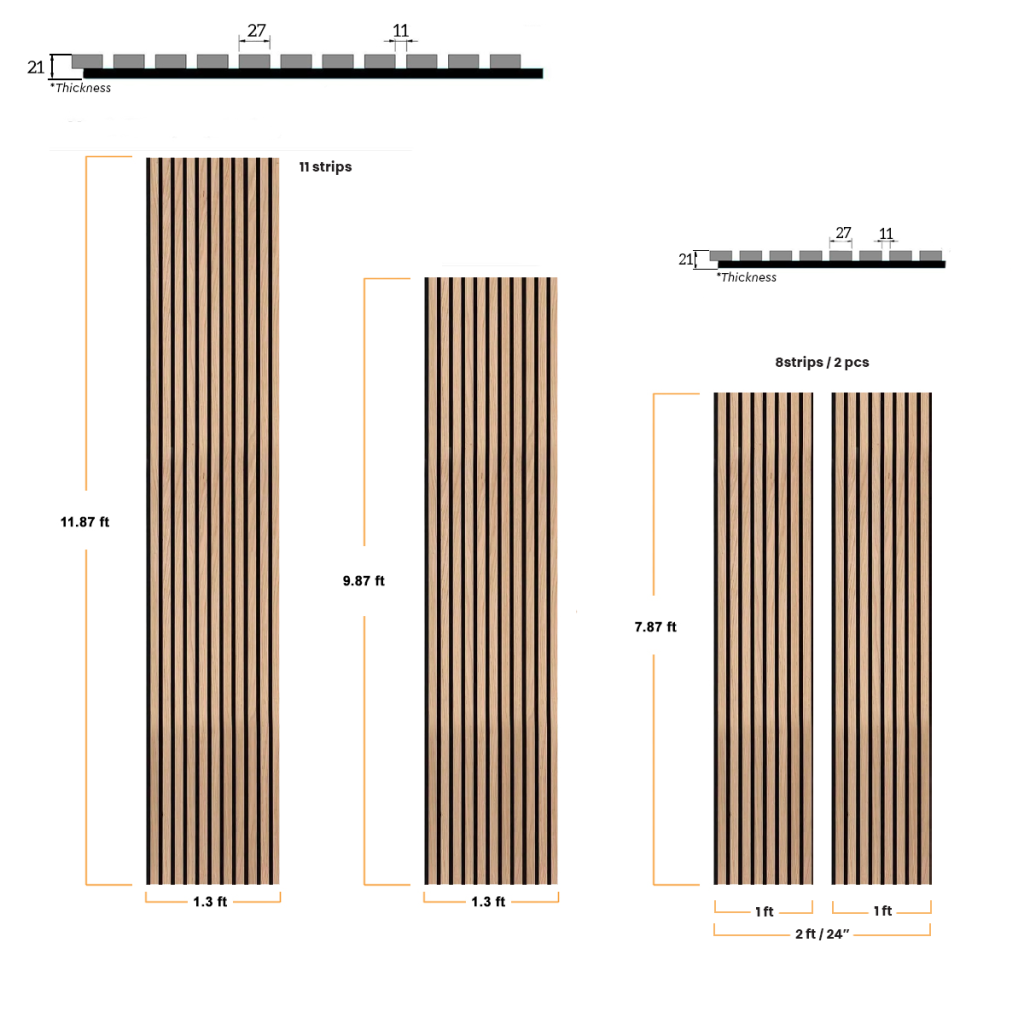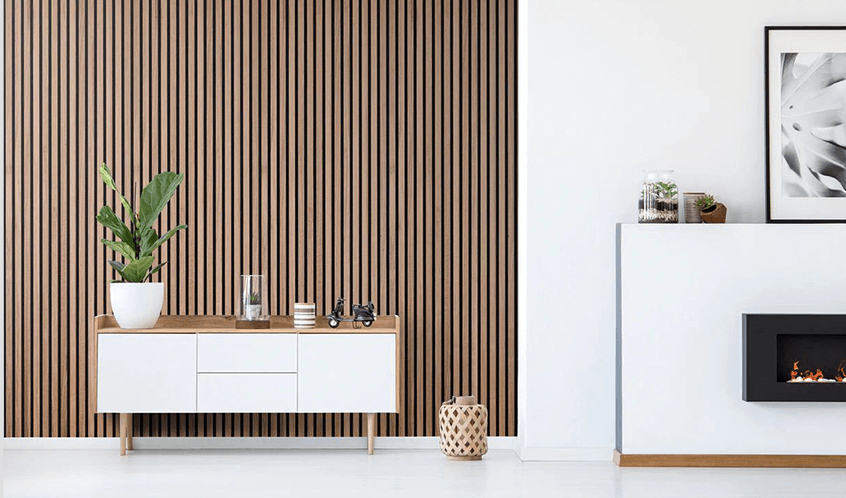Timeless Styling with Natural Wood Panels
Natural wood panels have been a design staple for decades, and for good reason. Their warmth, authenticity, and versatility make them a go-to option for homeowners and designers alike. Whether you’re creating a rustic retreat or adding depth to a modern interior, natural wood panels offer a timeless foundation that feels both inviting and enduring. In this post, we’ll explore why wood panels continue to be a popular choice, how they fit into different aesthetics, and why they’re more than just a passing trend.
The Enduring Appeal of Natural Wood Panels
One of the main reasons natural wood panels have stood the test of time is their organic beauty. Unlike synthetic materials, real wood offers unique grain patterns, subtle imperfections, and rich tones that bring character into any space. From cozy cabins to minimalist lofts, natural wood panels can adapt to different environments while maintaining their charm.
They also bring a sense of warmth that painted walls or metal surfaces simply can’t replicate. This emotional connection to nature—what designers call biophilic design—makes people feel more comfortable and grounded in a space. It’s not just about aesthetics; it’s about how the space makes you feel.
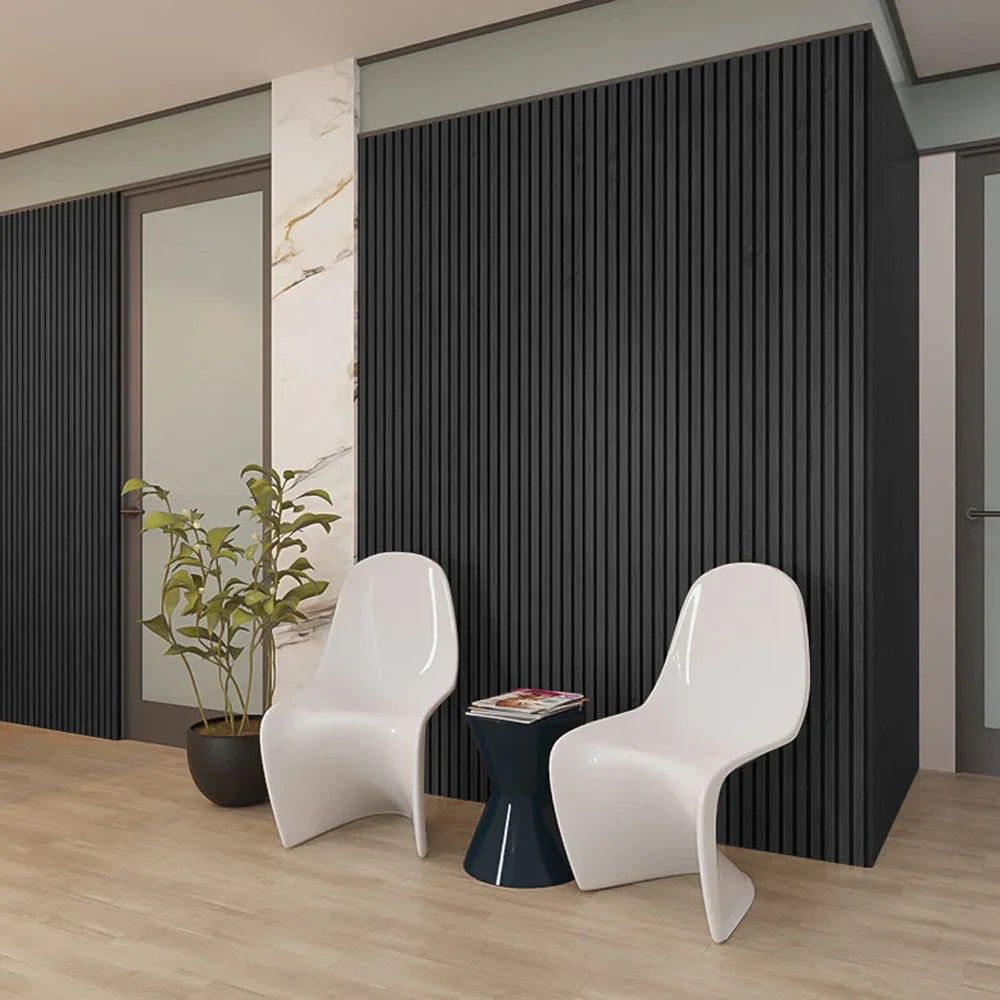
Natural Wood Panels Across Design Styles
What makes natural wood panels so timeless is their ability to seamlessly blend with a wide range of interior styles. Here’s how they work in various settings:
- Modern: Clean-lined panels with a light finish add texture without overwhelming sleek furnishings.
- Rustic: Rough-sawn or reclaimed wood panels enhance the lived-in, organic feel.
- Scandinavian: Light-toned panels like ash or birch keep things bright and airy, while still offering warmth.
- Industrial: Darker wood tones contrast beautifully with exposed brick and steel elements.
- Traditional: Classic wood paneling lends a sense of craftsmanship and historical charm.
No matter the setting, natural wood panels offer a grounded visual anchor that other materials often lack.
Practical Benefits That Go Beyond Looks
While the visual appeal of wood panels is obvious, their practical benefits are equally important. Wood naturally insulates, helping to regulate temperature and sound. That’s why it’s often used in acoustic design—natural wood panels can reduce echo and create a more pleasant auditory environment.
They’re also incredibly durable.
When maintained properly, wood panels can last for decades. Many varieties even develop a patina over time, which adds depth and beauty as they age. Additionally, if sustainability is important to you, natural wood panels can be sourced from responsibly managed forests. Choosing certified wood helps support eco-conscious building practices while still giving your space the style it deserves.
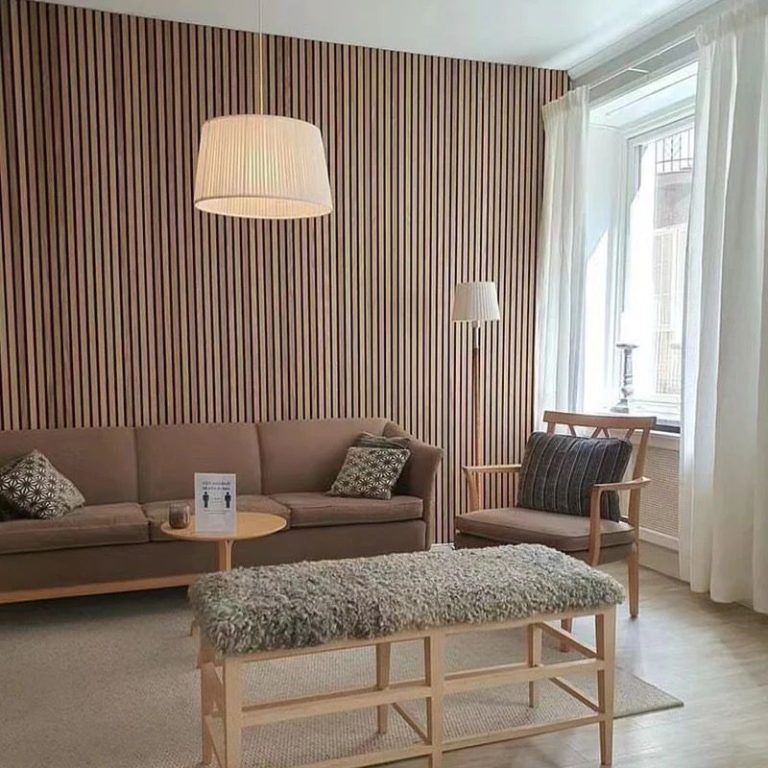

Section 4
You don’t have to commit to full-wall coverage to enjoy the benefits of natural wood panels. There are many simple, stylish ways to bring them into your home:
- Accent Walls: A single wall of wood paneling can create a dramatic focal point in a living room or bedroom.
- Ceiling Panels: Add unexpected texture and warmth by cladding the ceiling with natural wood.
- Hallway Treatments: Use vertical or slatted wood panels to turn a hallway into an architectural feature.
- Furniture Integration: Custom cabinetry or media consoles made with the same wood panels tie the room together.
The versatility of natural wood panels means they can be customized to suit your space, no matter the size or style.
FAQs About Natural Wood Panels
A: Common options include oak, walnut, pine, birch, and cedar. Each wood species has its own color, grain, and durability, making it easy to match your desired look and feel.
A: Not necessarily. Regular dusting and occasional polishing are usually enough. Some panels may need refinishing over time, depending on exposure to sunlight and humidity.
A: Yes, but it’s important to use properly treated or sealed wood to handle moisture. Ventilation also plays a big role in preserving the wood in high-humidity areas.
A: Absolutely. In many cases, panels can be mounted over drywall or plaster, making installation more straightforward than a full remodel.
A: When sourced from certified sustainable forests, natural wood panels are an eco-conscious choice. Look for FSC or PEFC certifications to ensure responsible sourcing.

